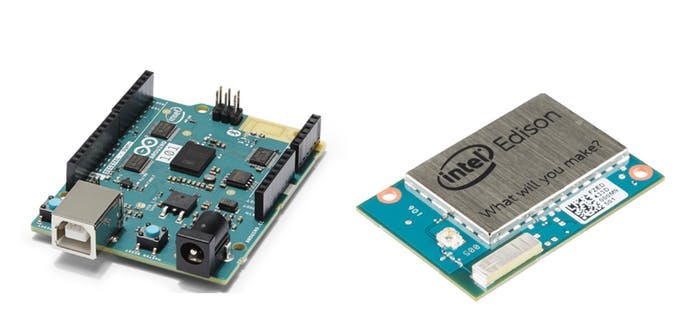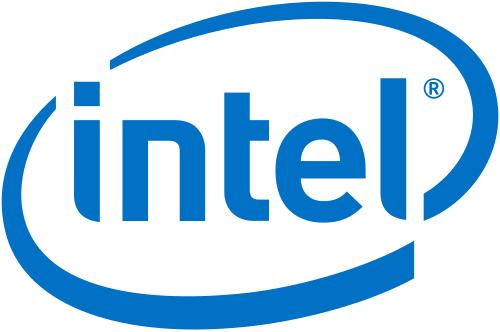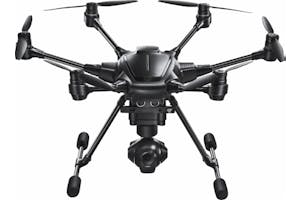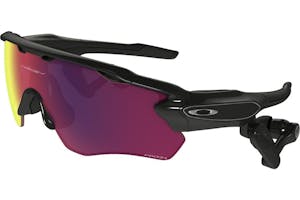
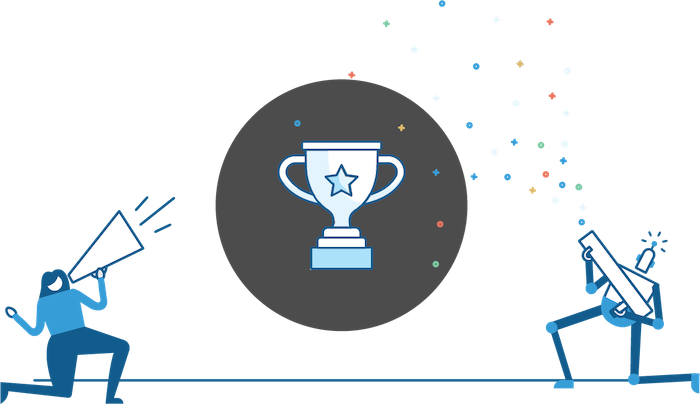
1st PLACE Student
The winner was awarded a YUNEEC - Typhoon H Hexacopter Pro with Intel® RealSense™ Technology ($1,900 value)
2nd PLACE Student
Each winner was awarded an Oakley Radar Pace Sunglasses, powered by Intel ($450 value)
3rd PLACE Student
Each winner was awarded an Intel Compute Stick CS125 Computer with Intel Atom x5 Processor and Windows 10 ($125 value)
Overview
Check out the below classes that will help you get started with the data sets, deep learning and tools for this contest:
- Local workshops and upcoming events
This is the planet we live on and it supports more than six billion humans and countless animals and plants. With climate change and pollution threatening our living environment, more people than ever are coming together to help and protect our only home.
With low-cost advanced technologies available for us today, there has never been a better time to show support for environmental protection.
Intel and Hackster have joined hands to lead this important challenge on Earth Day 2017, with an aim to encourage people to invent things that will benefit the planet, with focus on all university students worldwide! And we're giving away 11 awesome Intel-powered prizes for the top submissions.
Not a Student? Be a Mentor:
Although we are looking heavily to solutions and projects produced by university students - we would also love to encourage seasoned creators to join this challenge too as mentors.
To qualify as a mentor, you must be a non-student industry professional (electrical engineer, data scientist, etc.) and you must work to advise students building projects for this contest. Advising students may include answering discussion questions on the contest page, commenting on projects, or answering questions over the contest discussion tab.
Our team at Hackster will be monitoring the activity of the top mentors and award them with mentor prizes.
Your challenge is to dream up and present complete projects that simulate better applications of the following three categories and their descriptions. You can work with a mentor and learn from others as you develop your project.
1. Track migrating night birds and bats through sound: The current setup could use a brilliant mind like yours (http://www.oldbird.org/mike_home.htm). Given the Intel technology available, imagine how much more mobile and self-sustaining a monitor could be. Ideally, the new device would be battery-powered (with solar recharging, even better). And the system could record every sound onto a thumb drive or send it wirelessly to the cloud. This challenge will support wildlife preservation. Flight calls are distinct from birdsong. Birdsong is made up of many different notes strung together. Flight calls are single notes, almost exclusively less than one hundred milliseconds long. Right now, scientists use two sources of information when trying to understand migratory patterns. The first is bird watchers — many people watching birds all across the country. But those observations are mostly made by day, and migrations often occur at night. The second source is surveillance radar, but this can show only the volume, the speed and the direction of a migration. Radar says nothing about the species composition of a given migration. Acoustic monitoring could reveal the missing piece of this puzzle, telling researchers something about the precise species composition of a migration at a specific time and place. We think you can help!
2. Creating kits for volunteer citizen scientists: There are many wildlife and parks that are working hard to restore their area so that the natural habitat can thrive. For this challenge, we are partnering with sandyriver.org that supports an ecosystem located in Oregon at the Sandy River Delta, which is currently suffering from human related and global warming impact. The goal is to figure out ways to measure various aspects of the delta and areas of eco redevelopment, then help determine which organisms are thriving or suffering in which environments so that they can direct volunteer efforts in planting trees and creating waterways that best support these organisms (plants, animals, reptiles, bugs, fish, etc.).
3. Create your own: Is there something in the environment that you are passionate about? Energy, water, soil, air, food — your call!
Requirements: Your submission must use one or all of the following technologies
Intel Hardware:
Intel Software: (Webinar tutorials for all three: TBD)
Datasets Available From iNaturalist.org:
- Or use your own dataset and sources
We're giving away 50 Intel boards to the best and most committed creators who will need them. Submit your ideas soon and tell us why you think it matters. We will ship you one of these awesome boards on a first come first serve basis by 05/15/2017 11:59 PM. This step is optional.
- 25 Arduino 101
- 25 Intel Edison
Links for Learning on Intel Tools and Technologies:
Arduino 101 - Powerful features that make creating projects simple, even for beginner Makers.
To install the Arduino IDE for the Arduino 101, follow the procedure here.
Simple sensors, for example, buttons and LEDs are already built-in to the Arduino tools. For sensors that need a library installed, find the setup here.
Some exercises from SparkFun can also get you started:
Intel Edison - A tiny computer-on-module designed for wearable and the Internet of Things.
Best of luck with your project. If you enjoy hacking on the hardware be sure to post your Intel Hack on Hackster by clicking here. You can also view our content guidelines by clicking here. Be sure to share your photos with us on Twitter and Facebook using the #IntelMaker hashtag!
- Local workshops and upcoming events
Prizes
1st PLACE Student
2nd PLACE Student
3rd PLACE Student
Contest Status
🎉 Prizes awarded! 🎉
Timeline
Registration opens
April 18, 2017 at 2:53 PM PDT
Competition begins
April 22, 2017 at 12:00 AM PDT
Applications for hardware close
May 15, 2017 at 11:59 PM PDT
Submissions close
July 30, 2017 at 11:59 PM PDT
Winners announced by
Aug 10, 2017














